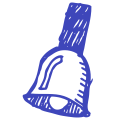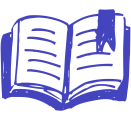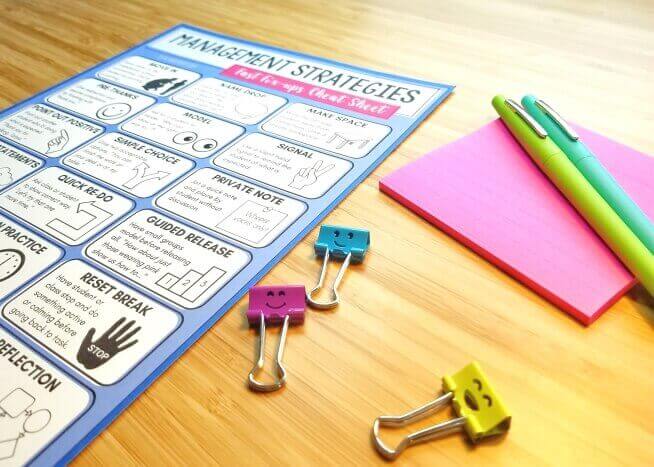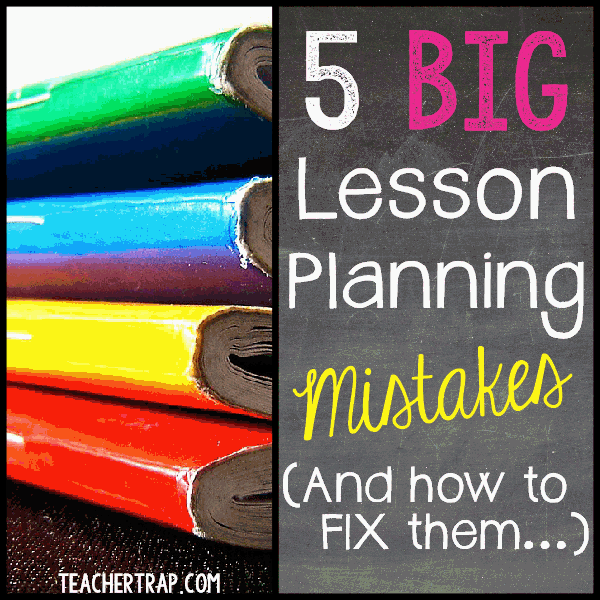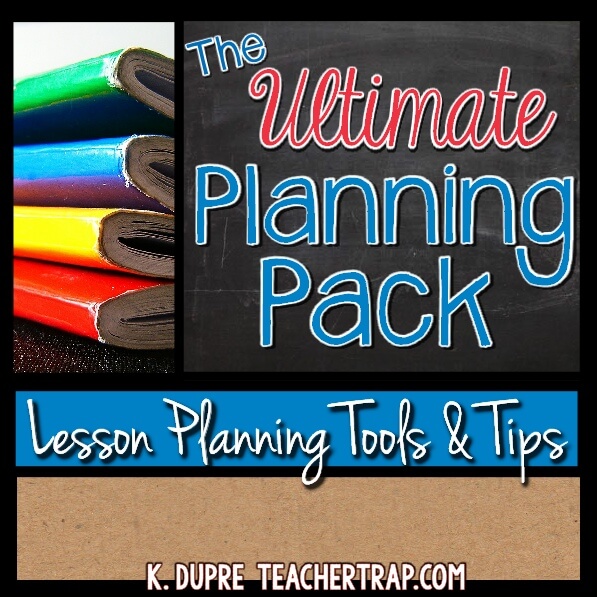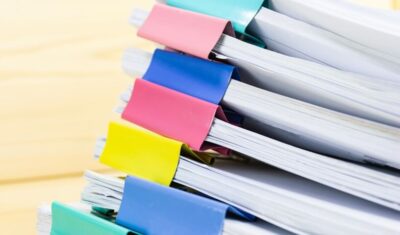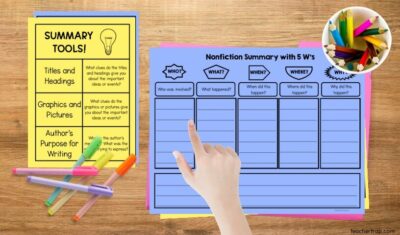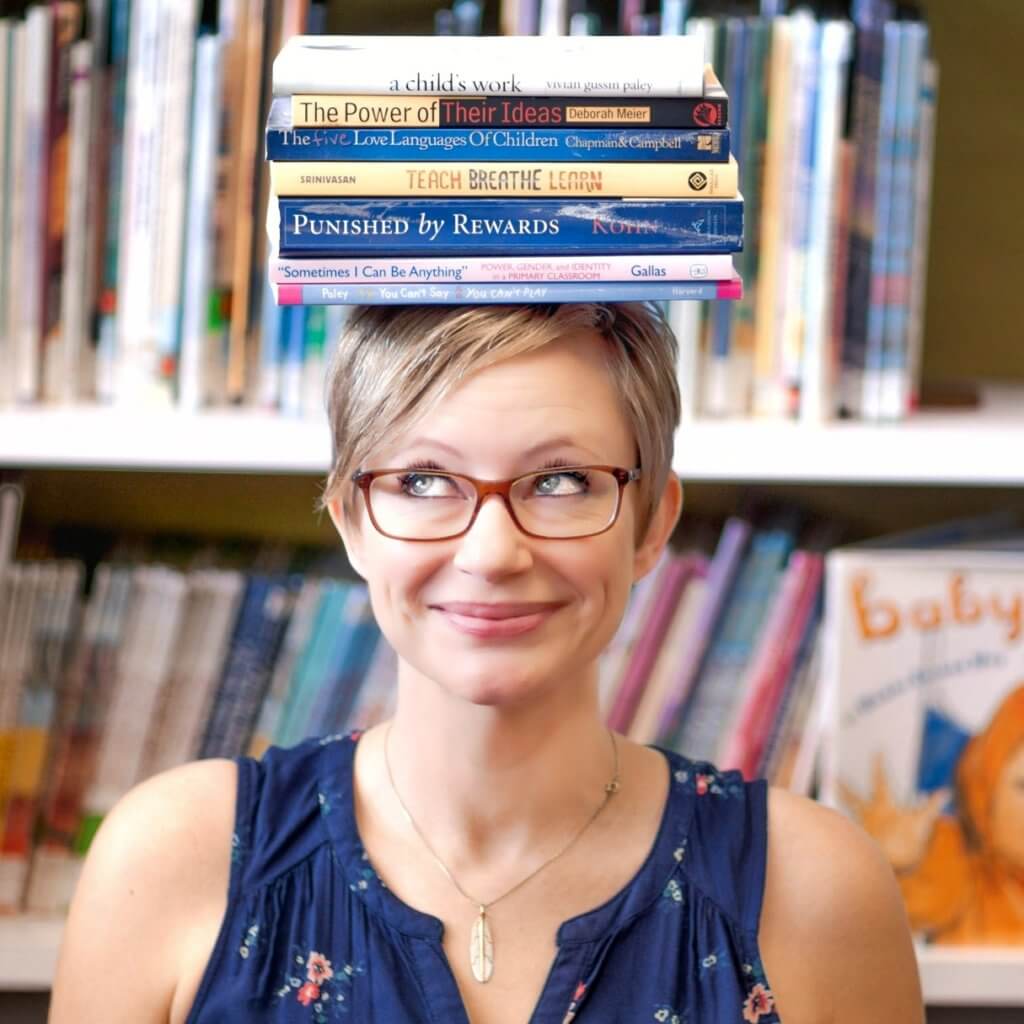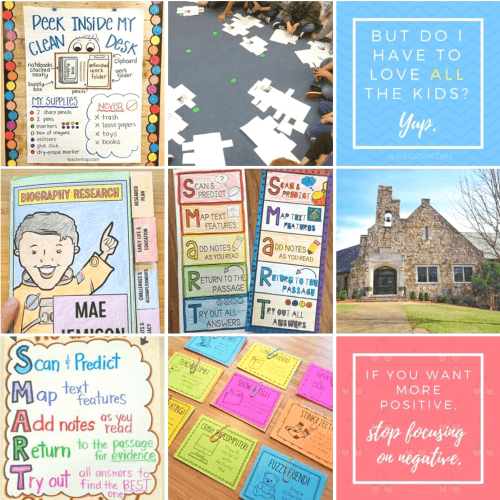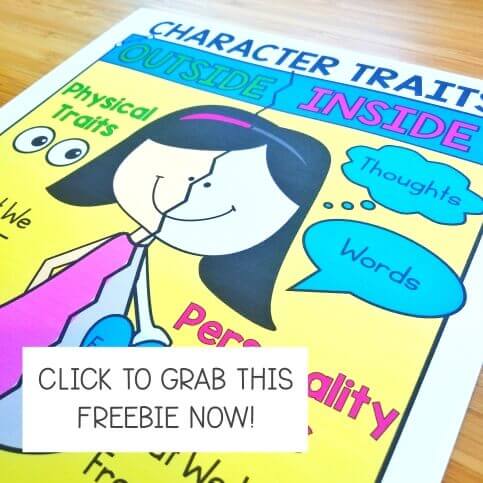Lesson planning is one of my favorite parts of teaching, but a lot can go wrong! Between the lack of (uninterrupted) planning time, the sometimes unclear standards, and the hodgepodge of resources most of us have available, it’s tough to plan lessons that keep kids engaged AND give them the learning experiences that lead to success. But with some simple shifts in thinking and habits, we can supercharge our planning process and get a jump on some of the potential roadblocks.
Here are 5 common lesson planning mistakes and how to fix them up fast!
Mistake #1: Focusing on activities rather than learning goals.
How many times have you been in a planning meeting that went something like this:
Teacher #1: “Looks like we’re teaching fractions next week.”
Teacher #2: “Oh, I’ve got such a fun activity for fractions!”
From there, the discussion takes off on the details of the fun activity and what materials you’ll need to gather and what went well last year and who has a peanut allergy so you better not buy cookies with peanuts, and so on. It’s so easy (and more fun) to jump into the creative part of lesson planning.
But here’s the problem. By jumping right into the activities, we often lose sight of the focus of instruction.
If you’re going to plan an awesome lesson, you have to FIRST zoom in on and understand the standard or learning goal. Start by asking:
- What do you want kids to understand by the end of the lesson?
- What should they be able to do by the end of the lesson?
Once the outcomes are clarified, then start thinking about the learning experiences students will need to get to the goal.
Mistake #2: Planning the assessment after teaching.
Personally, I think this is toughest on elementary teachers. When you have to plan for 5 different subjects every single day, it’s REALLY hard to plan ahead and think past a week or so! (Or at least it is for me.)
I can think of many planning meetings where someone on the team would say, “Oh, we’re finishing up __ next week. What do you guys want to use for an assessment?”
In an ideal world, my team would have selected (or created) the assessment BEFORE planning a single lesson. Doing this accomplishes two important goals:
* Planning the assessment BEFORE planning the lessons forces you to clarify your learning goals and outcomes.
* Planning the assessment BEFORE planning the lessons allows you to plan more targeted instruction.
Just to clarify, this is not a “teach to the test” recommendation. I’m not saying pick a test and then prepare students to ace that test. Rather, the goal is to plan a meaningful, fair, and rigorous assessment that requires students to apply their new learning in ways that demonstrate an understanding of the specific focus standards.
Once the teacher has a clear vision of where the kids are headed, it’s much easier to plan engaging learning experiences that target the learning goals.
Mistake #3: Just planning the “meat” of a lesson.
The school day is often busy, rushed, and full of interruptions. How many times have you had your students working on a math activity (or science or reading) and noticed that time has gotten away from you? “Clean up! It’s time for writing!”
Those rushed transitions happen all the time and they happen at the expense of our students’ learning.
One thing that contributes to this problem is when teams plan only the “meat” of the lesson and not the opening or closing. When you go into a lesson knowing that you’ve got 40 minutes to complete the fractions activity you planned, it’s easy to use every single one of those minutes on the activity. Instead, we want to include a meaningful opening and reflective closing. When you plan those times into your lesson, you’re less likely to skip over them!
The opening of any lesson should include a link to students’ prior learning, something to pique their interest, and hopefully some kind of informal preassessment. By activating that prior knowledge and planting a question for inquiry in their minds, you are increasing student engagement and increasing the effectiveness of the lesson.
The same goes for the closing. How can you help students summarize their learning and hone in on the key take-aways?
When I started building in stronger lesson closures, I began getting very different answers to my opening question of, “Who remembers what we did yesterday?”
WITHOUT Effective Closing: What did we do in science yesterday?
“We melted chocolate!” “We blew up balloons!” “We played with ice cubes!”
WITH Effective Closing: What did we do in science yesterday?
“We investigated states of matter!” “We turned solids into liquids!” “We saw how gases take up space!”
The closing of the lesson allows students to take the learning experience (activity) and apply it to the concepts being studied. You might do this with a quick-write, a visual representation, a journal entry, or even a discussion. But don’t skip it!
Mistake #4: Focusing on what the teacher will do rather than on what the kids will do.
Often when planning, we focus on what WE (as teachers) will be doing. How will WE deliver the instruction? What will WE say? This kind of thinking can lead to a lot of “sit and listen” type learning. We also do this while teaching. We focus on our “performance” and delivery rather than the students’ response to the activity and their understanding of the concepts.
If you want to see a quick and noticeable increase in student learning, simply shift your attention from what YOU are doing, to what the KIDS are doing.
In the midst of a lesson, this means that your attention is on your students and their understanding. Listen to their comments and questions. What does this tell you about their understanding? What misconceptions can you identify?
In lesson planning, this means you focus your attention on what the kids will actually be doing. How will they be actively investigating and applying new learning?
So many lesson plans read like a step-by-step for the teacher:
The teacher will… read aloud “The Rag Coat.” Model making connections. Explain the purpose of connections.
Try shifting your focus to what the students will be doing and really making it about their experience. For example:
The student will… listen to “The Rag Coat.” Observe teacher making connections. Turn to partner and share connections. Predict the importance of making connections.
This simple shift helps the teacher become more aware of what her students are DOING so that she can plan better learning experiences. When I first started thinking this way, I discovered that some of my lessons were primarily students listening to the teacher. That’s a big problem! By focusing on the students’ experience, you can easily fix up lessons like those and add more hands-on and engaging experiences.
Mistake #5: Forgetting the big idea.
Consider a normal school day for most children. They move through activity after activity, some interesting and some boring, some challenging and some easy, some active and others passive. In one day, a student might learn about division, landforms, Harriet Tubman, finding main ideas, and writing research papers. That’s a lot for a little mind to take in!
On top of all that, kids have good days and bad days just like adults. They might be tired, hungry, distracted, worried, or upset during different days and different lessons. Students are not going to understand, attend to, or retain every detail from every lesson. And yet, we often expect them to do just that!
If you want to see your students get more from the lessons you teach, start making a point to connect every lesson back to the BIG IDEAS.
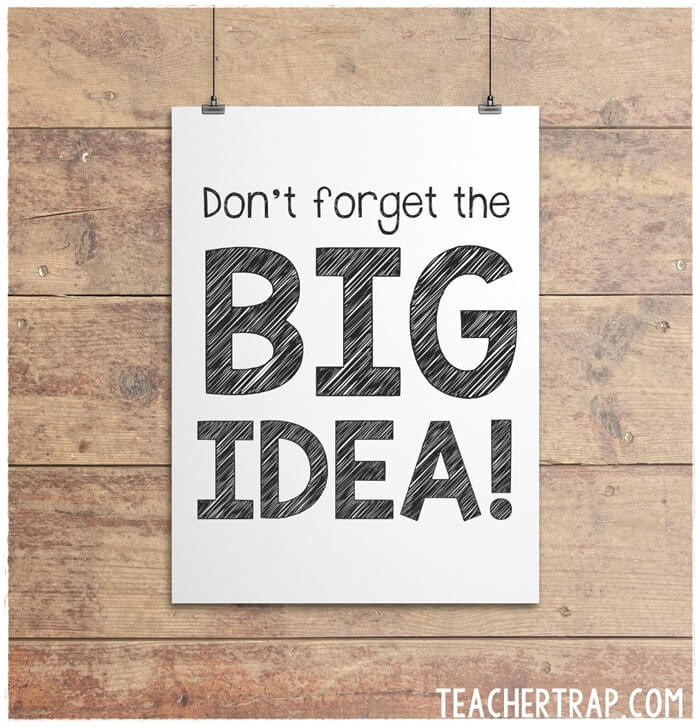
Here’s an example… Let’s say you’re teaching a Social Studies unit about heroes. In this unit, the kids might learn about ten or more important heroes. Maybe you focus on one important individual a day, reading about their lives and accomplishments. There’s no way a student will remember every hero studied, or be fully present during each of these lessons.
And that’s okay, because the big idea of this unit is that individuals have the power to impact and change communities through traits such as courage, perseverance, selflessness, and compassion. If you make a point to connect back to that big idea during each lesson in the Heroes Unit, your students WILL remember what matters. Without the big ideas, all you have are endless strings of skills, facts, and activities.
You can easily address this problem during lesson planning. Simply add in guiding questions or summary activities that allow students time to connect back to the big ideas. You can have students write in journals or talk to partners, or just hold a quick discussion at the end of the lesson. Make the big ideas the center of every lesson, and you’ll see huge gains in student learning!
If you’re looking for help with lesson planning, My Lesson Planning Pack includes guides, resources, and editable templates to make writing lesson plans easier and more effective than ever before. I’ve also included tips and tools for creating a year overview, planning better units, and improving team planning.
I’d love to hear other tips from all you amazing educators out there! What is most challenging about lesson planning? What advice would you give for making it as effective and efficient as possible?

